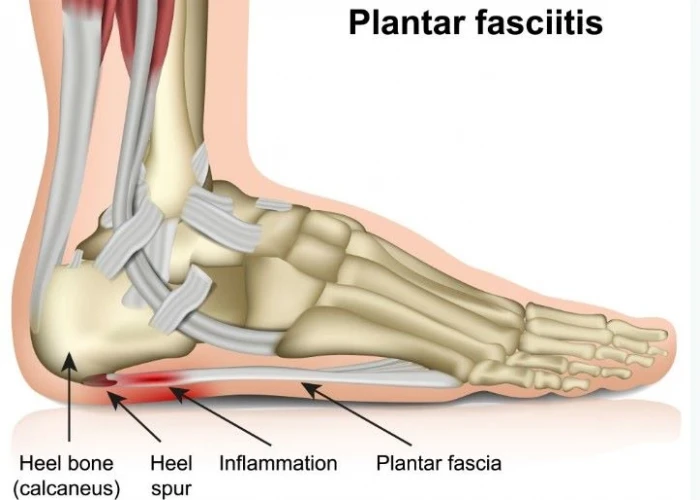 Welcome
Welcome
“May all be happy, may all be healed, may all be at peace and may no one ever suffer."
Plantar fasciitis
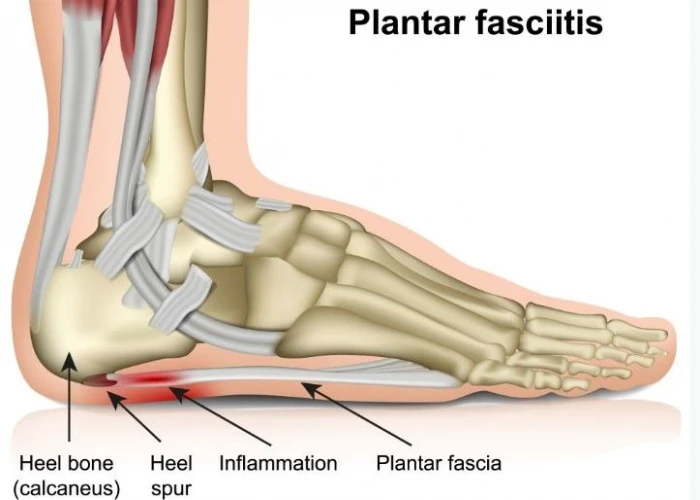
Plantar fasciitis is a common condition that causes pain in the heel or arch of the foot. It occurs when the plantar fascia, a thick band of tissue that runs along the bottom of the foot and connects the heel bone to the toes, becomes inflamed or irritated.
The exact cause of plantar fasciitis is not fully understood, but it is often associated with repetitive strain or overuse of the foot, such as from running, jumping, or walking long distances. It can also be caused by wearing shoes with poor arch support, being overweight, having flat feet or high arches, or having tight calf muscles.
Symptoms of plantar fasciitis may include pain in the heel or arch of the foot, particularly when standing or walking after periods of rest, such as first thing in the morning. The pain may feel like a stabbing or burning sensation and can be more severe after activity.
Diagnosis of plantar fasciitis may involve a physical examination of the foot and a review of symptoms. Imaging tests, such as X-rays or MRI, may be used to rule out other conditions.
Treatment for plantar fasciitis typically involves conservative measures, such as rest, ice, stretching and strengthening exercises, and the use of supportive footwear and arch supports. Nonsteroidal anti-inflammatory drugs (NSAIDs) may be used to relieve pain and inflammation.
In more severe cases, other treatments may be necessary, such as corticosteroid injections or shockwave therapy. Surgery is rarely needed for plantar fasciitis and is typically reserved for cases that do not respond to other treatments.
Prevention of plantar fasciitis involves maintaining a healthy weight, wearing appropriate shoes with good arch support, and avoiding repetitive strain on the feet. Stretching and strengthening exercises for the feet and calf muscles can also help prevent the condition from occurring or recurring.
Research Papers
Disease Signs and Symptoms
- Heel pain
- Foot pain
- Leg pain
- A small, fleshy, rough, grainy growth (lesion) on the bottom of the foot, usually the base of the toes and forefoot or the heel
Disease Causes
Plantar fasciitis
The plantar fascia is a band of tissue (fascia) that connects your heel bone to the base of your toes. It supports the arch of the foot and absorbs shock when walking.
Tension and stress on the fascia can cause small tears. Repeated stretching and tearing of the facia can irritate or inflame it, although the cause remains unclear in many cases of plantar fasciitis.
Disease Prevents
Disease Treatments
Most people who have plantar fasciitis recover in several months with conservative treatment, such as icing the painful area, stretching, and modifying or avoiding activities that cause pain.
Medications
Pain relievers such as ibuprofen (Advil, Motrin IB, others) and naproxen sodium (Aleve) can ease the pain and inflammation of plantar fasciitis.
Therapies
Physical therapy or using special devices might relieve symptoms.
- Physical therapy. A physical therapist can show you exercises to stretch the plantar fascia and Achilles tendon and to strengthen lower leg muscles. A therapist might also teach you to apply athletic taping to support the bottom of your foot.
- Night splints. Your physical therapist or health care provider might recommend that you wear a splint that holds the plantar fascia and Achilles tendon in a lengthened position overnight to promote stretching while you sleep.
- Orthotics. Your health care provider might prescribe off-the-shelf or custom-fitted arch supports (orthotics) to distribute the pressure on your feet more evenly.
- Walking boot, canes or crutches. Your health care provider might recommend one of these for a brief period either to keep you from moving your foot or to keep you from placing your full weight on your foot.
Surgical or other procedures
If more-conservative measures aren't working after several months, your health care provider might recommend:
- Injections. Injecting steroid medication into the tender area can provide temporary pain relief. Multiple shots aren't recommended because they can weaken your plantar fascia and possibly cause it to rupture. Platelet-rich plasma obtained from your own blood can be injected into the tender area to promote tissue healing. Ultrasound imaging during injections can assist in precise needle placement.
- Extracorporeal shock wave therapy. Sound waves are directed at the area of heel pain to stimulate healing. This is for chronic plantar fasciitis that hasn't responded to more-conservative treatments. Some studies show promising results, though this therapy hasn't been shown to be consistently effective.
- Ultrasonic tissue repair. This minimally invasive technology uses ultrasound imaging to guide a needlelike probe into the damaged plantar fascia tissue. The probe tip then vibrates rapidly to break up the damaged tissue, which is suctioned out.
- Surgery. Few people need surgery to detach the plantar fascia from the heel bone. It is generally an option only when the pain is severe and other treatments have failed. It can be done as an open procedure or through a small incision with local anesthesia.
Disease Diagnoses
Disease Allopathic Generics
Disease Ayurvedic Generics
Disease Homeopathic Generics
Disease yoga
Plantar fasciitis and Learn More about Diseases
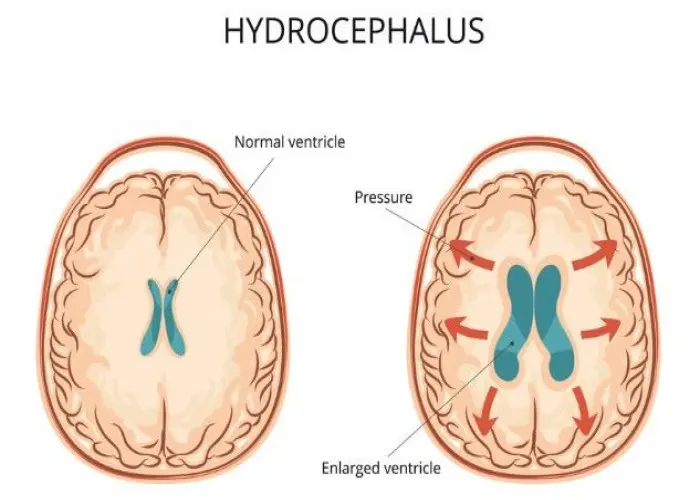
Hydrocephalus

Tuberculosis
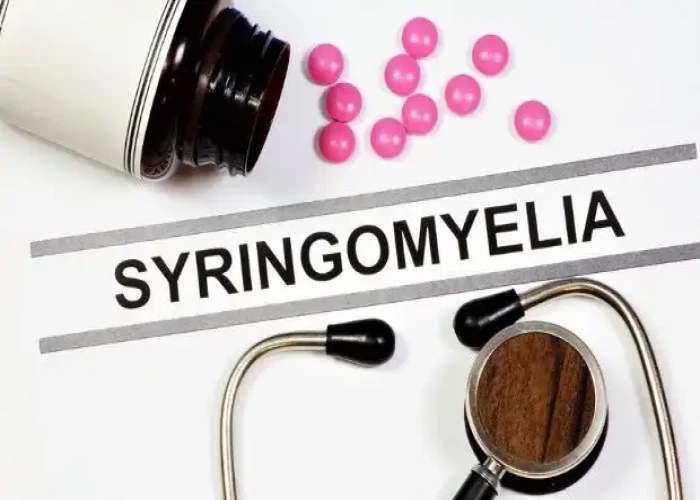
Syphilis

Ingrown toenails
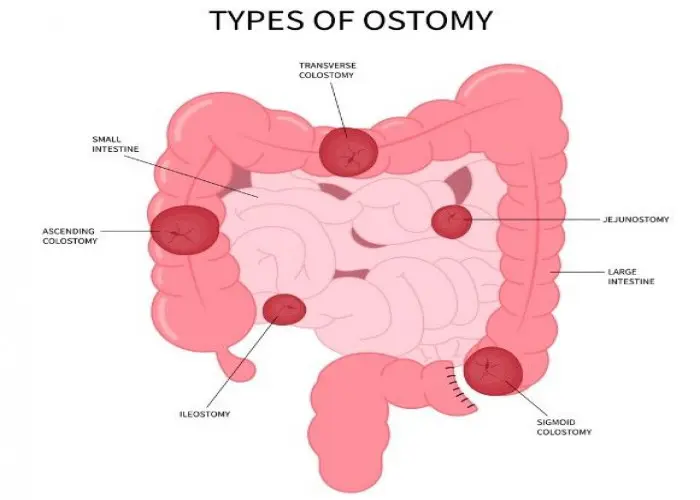
Familial adenomatous polyposis

Gastroparesis

Pancreatitis

Chiari malformation
plantar fasciitis, প্ল্যান্টার ফ্যাসাইটিস
To be happy, beautiful, healthy, wealthy, hale and long-lived stay with DM3S.
